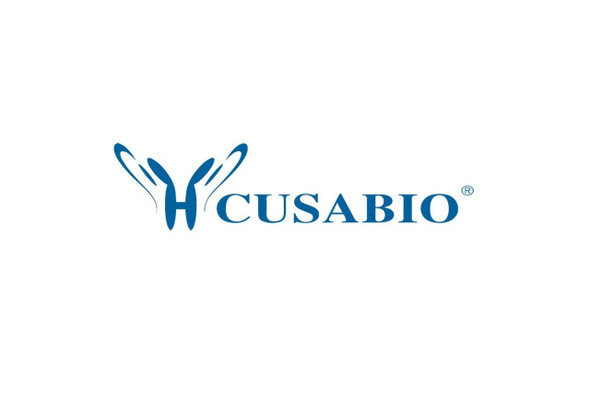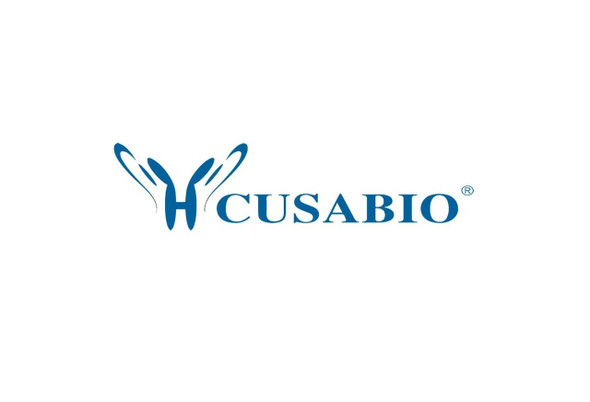Cusabio Polyclonal Antibodies
STIM1 Antibody | CSB-PA022829LA01HU
- SKU:
- CSB-PA022829LA01HU
- Availability:
- 3 to 7 Working Days
Description
STIM1 Antibody | CSB-PA022829LA01HU | Cusabio
STIM1 Antibody is Available at Gentaur Genprice with the fastest delivery.
Online Order Payment is possible or send quotation to info@gentaur.com.
Product Type: Polyclonal Antibody
Target Names: STIM1
Aliases: Stromal interaction molecule 1, STIM1, GOK
Background: Plays a role in mediating store-operated Ca (2+) entry (SOCE), a Ca (2+) influx following depletion of intracellular Ca (2+) stores (PubMed:15866891, PubMed:16005298, PubMed:16208375, PubMed:16537481, PubMed:16733527, PubMed:16766533, PubMed:16807233, PubMed:18854159, PubMed:19249086, PubMed:22464749, PubMed:24069340, PubMed:24351972, PubMed:24591628, PubMed:26322679, PubMed:25326555) . Acts as Ca (2+) sensor in the endoplasmic reticulum via its EF-hand domain. Upon Ca (2+) depletion, translocates from the endoplasmic reticulum to the plasma membrane where it activates the Ca (2+) release-activated Ca (2+) (CRAC) channel subunit ORAI1 (PubMed:16208375, PubMed:16537481) . Involved in enamel formation (PubMed:24621671) . Activated following interaction with TMEM110/STIMATE, leading to promote STIM1 conformational switch (PubMed:26322679) .
Isotype: IgG
Conjugate: Non-conjugated
Clonality: Polyclonal
Uniport ID: Q13586
Host Species: Rabbit
Species Reactivity: Human
Immunogen: Recombinant Human Stromal interaction molecule 1 protein (2-350AA)
Immunogen Species: Human
Applications: ELISA, IHC
Tested Applications: ELISA, IHC; Recommended dilution: IHC:1:20-1:200
Purification Method: >95%, Protein G purified
Dilution Ratio1: ELISA:1:2000-1:10000
Dilution Ratio2: IHC:1:20-1:200
Dilution Ratio3:
Dilution Ratio4:
Dilution Ratio5:
Dilution Ratio6:
Buffer: Preservative: 0.03% Proclin 300
Constituents: 50% Glycerol, 0.01M PBS, PH 7.4
Form: Liquid
Storage: Upon receipt, store at -20°C or -80°C. Avoid repeated freeze.
Initial Research Areas: Signal Transduction
Research Areas: Cancer;Metabolism;Signal transduction









